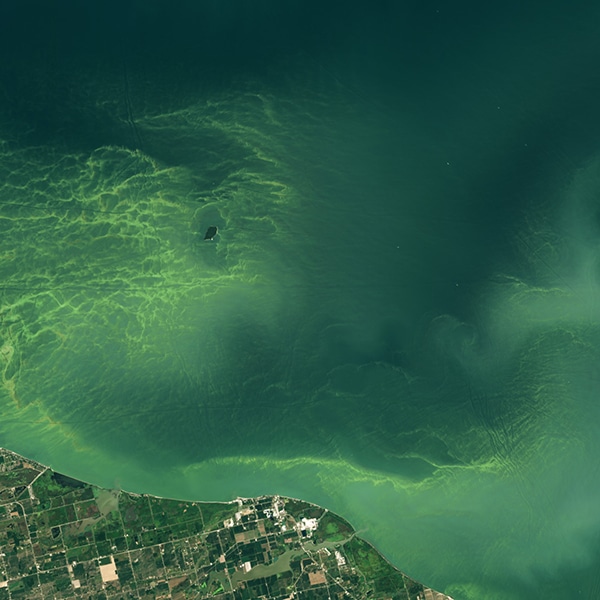View this post on Instagram
Did you know that, just like a mood ring, some minerals can change color? Instead of being affected by temperature, however, these minerals magically transform when exposed to light. The phenomenon, known as tenebrescence, might be more familiar to people when they think of light-adaptive sunglasses. Just as these lenses lighten and darken according to the type of light they're exposed to, tenebrescent minerals change color in the same way.
Also known as reversible photochromism, this transformative ability was first discovered in Greenland in 1896. Geologists happened upon the discovery when they noticed that some types of sodalite are bright pink when first broken off. The color slowly bleaches out of the sodalite as it remains exposed to bright light, only to regain the pink hue when exposed to UV light. In these minerals, the transformation is indefinite, unless they're heated, and it's accelerated by the use of either longwave or shortwave UV light.
So which minerals have a special “superpower” like this? Hackmanite, which is a variety of sodalite, is one of the most commonly cited tenebrescent minerals. Varieties found in Quebec and Greenland move from a deep violet/pink to a greenish-white color when left in bright light. However, hackmanite quarried in Afghanistan and Burma starts off white and gains a pink color when exposed to sunlight.
While hackmanite might be one of the easiest minerals to transform, there are several others that are also tenebrescent. These include spodumene, which darkens when exposed to high-energy radiation, and some light-colored varieties of tugtupite. In tugtupite, pale pink varieties gain an intensity of color when exposed to shortwave UV light or strong sunlight.
In case that wasn't cool enough, there are many minerals that are capable of different visual and color transformations. In fact, tenebrescence is often confused with fluorescence, which is the ability for some minerals to emit light when they've absorbed light or radiation. It is actually much more common than tenebrescence—15% of minerals are able to fluoresce. While some minerals fluoresce in their pure form, most show this ability when they contain impurities called activators. Activators can include magnesium, lead, copper, and titanium.
No matter what the cause may be, fluorescence is one of the most thrilling parts of collecting minerals. This property is often used to find minerals out in the field, with hobbyists and geologists using UV lights to make them stand out to the naked eye. Once in hand, fluorescence can be manipulated to great effect. A geology enthusiast known as wild_nrocks on Instagram often shows off rare minerals he finds in northern Russia by letting them shine. From a rough piece of sodalite that looks like glowing lava to smoothed out eggs that emanate in the dark, these minerals are a thrilling sight to be seen.
Some minerals change color when exposed to light, an effect known as tenebrescence.
While others have a luminescent glow due to fluorescence.
View this post on Instagram
View this post on Instagram
h/t: [Miner Shop, Gemology Online]
Related Articles:
Hyperrealistic Paintings Illuminate the Glistening Beauty of Colorful Crystals
Bakers Crack Open Giant Chocolate Geodes They Spent 6 Months Creating
Oddly Shaped Lava Formations Look Like a Mass of Twisted Bodies
Glistening Geode Mugs Embedded with Clusters of Lifelike Crystals






















































































